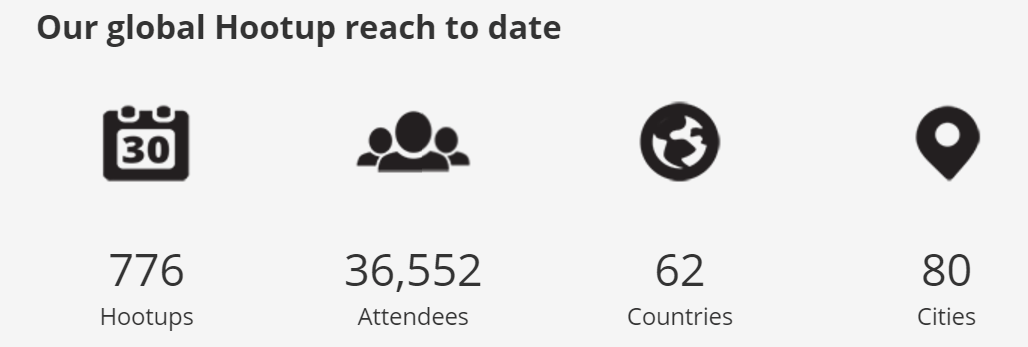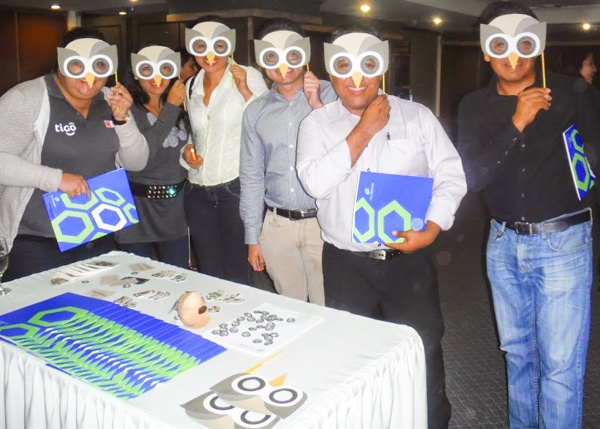Our community gives a Hoot

Hootsuite leverages its loyal online community to crowdsource customer support, in turn reducing internal support costs.
Hootsuite is a company very comfortable with crowdsourcing: they crowdsourced ideas to name the company back in 2009 for a prize of $500. Hootsuite operates a freemium social media management service – used by enterprises of all sizes – that provides easy interfaces for online brand management (think a dashboard that displays and takes action on a company’s twitter, facebook, IG, and YouTube presence at one time). Today, Hootsuite is using crowds in a new way via their online support communities.
With over 10 million users around the world, Hootsuite uses their online community to manage customer engagement, satisfaction, and success. What is most innovative, however, is the use of “Ambassadors” to support this community. Ambassadors are not Hootsuite employees. They are knowledgeable and passionate users who support the community (in a crowdsourced way) without any specific affiliation to the company. How do they get these ambassadors incented?
Becoming an ambassador provides Hootsuite training and certifications to start. Ambassadors are also provided points and swag for support activities within the community. More importantly, however, ambassadors value other intangible perks: visibility as a thought leader (often used to recruit for jobs as social platform engagement managers), building industry networks, learning best practices, and – most likely – for the benefit of belonging to a tightly knit community.

The program is so successful that Hootsuite has more than 800 ambassadors in 57 countries. Lending credence to the “sense of belonging” argument, Hootsuite community members and Ambassadors throw regular “Hootups” – in-person social gatherings of community members around the world. More specifically: nearly 800 Hootups reaching 36,552 attendees in 80 cities over 62 countries to date.

These Hootups are pretty fanatical gatherings. Fans (the crowd) of the product come to evangelize best practices and share strategies. They even influence product directions. Best of all for Hootsuite, these Hootups are NOT coordinated or funded by Hootsuite (like most companies’ customer conferences) – they are 100% organized by community members.
That leads me to the value capture benefits of Hootsuite’s community. There are some connections that could be made about topline revenue drivers from a strong community: prospective customers are drawn to the fanatical support of current users, current users are more likely to be satisfied and retained long-term, etc. But I would argue Hootsuite gets the most value of its crowdsourced community via significant cost savings.
Hootsuite uses its “crowd” of Ambassadors as a way to supplement their IT support staff. When a customer writes a query about a product issue, certified community members become a resource of ideas and help to close the customer’s query. Their responses also remain available to other users to prevent redundant inquiries. In that way, the company’s community becomes more self-reliant. Most recent available statistics show that 50% of topics queried by customers are being resolved by other crowd members – greatly reducing Hootsuite’s internal costs to service their embedded customer base. More concretely, before instituting their ambassador program, “Hootsuite had 475 support queries and was only able to respond directly to 136 of them. Eight months later with assistance from ambassadors, the company received only 231 queries and all but seven were addressed.” That’s a >50% reduction in customer inquiries and 97% response rate as opposed to 29%.
The cost savings from these reductions has amplified as the company scales. Relying on the community helps Hootsuite scale their customer base and required support while keeping overhead down. I.e. fewer customer support managers and IT helpdesk resources to cover more customers. They can therefore have exponential growth in the future as opposed to linear growth required with customer support teams. In addition, they are able to more effectively and cheaply support customers in foreign markets: community members can translate inquiries and support in multiple languages better than Hootsuite’s internal employees.
Hootsuite’s successful management of its crowd-sourced community has been critical to its growth – and allowed it to more effectively and efficiently service over 75% of the Fortune 1000 as its customers.
Sources:
https://hootsuite.com/community/
https://getsatisfaction.com/corp/resource-center/case_studies/hootsuite.php



Interesting article. I’ve been using HooteSuite but did not realize that they crowdsourced their customer service.
There’s clearly a tension between crowdsourcing and control. The more your crowdsource, the less control you have over the indiviudals who are the face of your company. With employees, you can better control what they say, how they work, their tone, etc..
There’s also an entirely different set of skills required to motivate crowdsourced ambassadors than full-time employees. E.G. creating Hootups is not a skillset I’d have learned as a professional manager at P&G.
The option of crowdsourcing or not will come down to cost, control, and your organizations managerial skills.